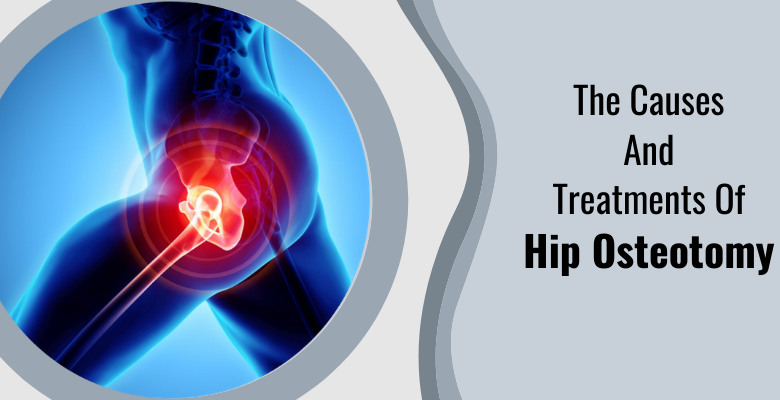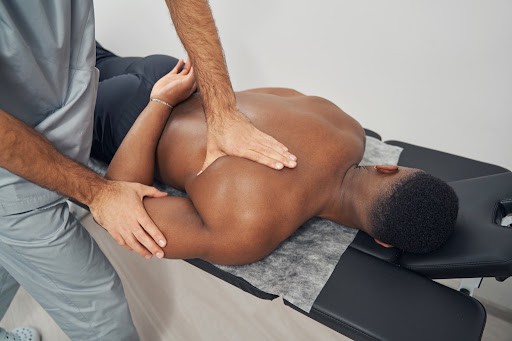
Osteotomy is a general term used for procedures which involve resizing, reshaping or reorientating a bone to re-establish the functions of a joint. Accordingly, a hip osteotomy is the surgical procedure of altering one of the two bones of the hip joint to re-establish the joint’s movements.
The hip joint is a ball-socket type of joint where the upper end of the femur (thighbone) makes the ball known as ‘femoral head’ and the bottom socket of the pelvic bone called ‘acetabulum’. The femoral head freely rotates in the pelvic socket moving forwards, backwards and sideways.
Why Is Hip Osteotomy Performed?
The hip joint is the most extensively used joint and hence, is prone to damage through a myriad of conditions. Some of the most common conditions that call for a hip osteotomy include:
Cartilage or bone damage to the joint due to systemic diseases such as arthritis, avascular necrosis, or Legg-Calve-Perthes (LCP) disease.
Congenital conditions like hip dysplasia where the hip socket is too shallow, too large, or too small to fit the femoral head, or the femoral head doesn’t have a proper round contour to fit the socket. This condition tends to run in families and is more common among girls and firstborns.
Hip Impingement is another condition where due to an excessive bone growth at the edge of either the femoral head, the acetabular socket or both surfaces prevents the femoral head from freely rotating and causes progressive damage to the socket’s cartilage and labrum.
What are the ways of performing osteotomy of the hip?
Femoral Osteotomy:
It is a surgical procedure for rectifying the deformities on the femoral head surface.
Femoral osteotomy is mostly recommended for those patients who are born with version deformities and angle abnormalities in the femoral neck and shaft bone. Also, people who are experiencing pain and movement restriction due to this condition, and those with cartilage damage can have this surgery.
In this procedure, if the neck-shaft angle is too steep or flat, it is corrected by altering the shape of the upper surface of the neck to correct its angle and positioning the bone into the pelvic socket with the help of metal fixtures fixation devices like plates or screws.
In some cases, it can also be treated via arthroscopy by removing loose cartilage pieces and refining the femoral head surface.
Periacetabular Osteotomy (PAO):
A periacetabular osteotomy is performed to correct the deformities in the acetabulum, which is almost always a case of dysplasia.
A PAO is performed on progressive and severe dysplasia conditions. During the procedure, the surgeon makes a series of cuts to the socket bone to realign the acetabulum in the pelvis and restore a more workable hip joint anatomy. The ,acetabulum us reshaped and the new bone grows across the cuts made, forming a new curve of the acetabulum.
If you’re looking for an adept arthroscopy surgeon in Mumbai to treat your hip problems, then you must visit Dr Pranjal Kodkani’s Clinic. Being one of the most trusted orthopaedic surgeons, Dr Kodkani is widely commended for performing the most effective osteotomy hip surgery in Mumbai and around the country. You can visit Dr Kodkani’s website to learn more about his joint surgery and preservation treatments.




